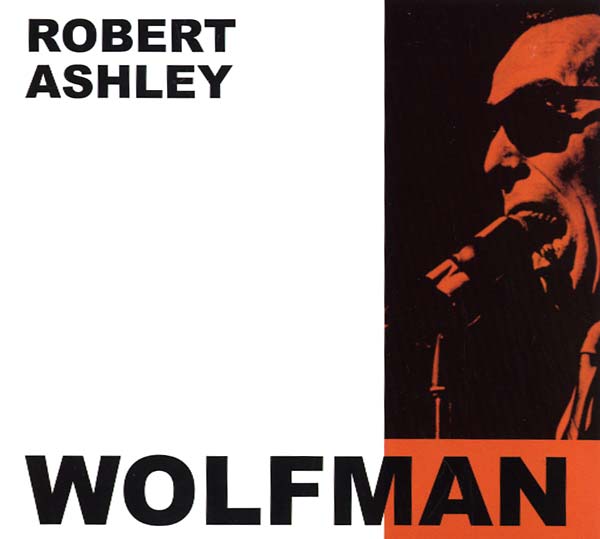ASHLEY, ROBERT - The Wolfman
Pickup available at 1367 Greene Ave
Usually ready in 2-4 days
"2020 restock. Alga Marghen presents a 2015 remastered CD edition of its 2003 CD The Wolfman, a collection of pieces that introduce the listener to the most extreme experimental side of American composer Robert Ashley. Presented in digipak with 12-page booklet including liner notes written by the composer and the complete score of The Wolfman," first issued in Source magazine. The program starts with "The Fox" (1957), Ashleys first electronic work, which displays his nascent electronic music theater style. Dark atmospheres and primitive tape collage techniques recorded at home, mixing the electronic tape and the voice in a single live pass. "The Wolfman" was composed in early 1964 and first performed at Charlotte Moormans 1964 second Annual Avant Garde Festival of New York. The piece immediately won a considerable reputation as a threat to the listeners health. For the occasion, instigated by Morton Feldman, Ashley composed a piece of tape music, "The Wolfman Tape," to be played along with the vocal performance of "The Wolfman." The tape composition, played out of the same loudspeakers as the voice and the feedback (the main sound source for this composition), filled in the ongoing performance sound and transformed the performance into an elaborate version of drone under the influence of electronics. For the performance of "The Wolfman" recorded here, produced at the University of California, Davis, Ashley used a 1960 tape composition titled "The 4th of July." That composition changes gradually from a parabolic-microphone documentation of a backyard party into a layering of tape loops and tape-head feedback. "The Wolfman Tape" (1964) is, as described above, a tape composition made for a short performance of "The Wolfman." It uses tape-speed manipulation and mixes of many layers of found sounds, both from AM radio and from recordings made using different kinds of microphones. "The Bottleman" was composed in 1960 as music for an experimental film by George Manupelli. The 40-minute version presented here involves contact microphones on a surface that holds a loudspeaker some six feet away. The loudspeaker is broadcasting open-circuit hum (at the American standard of approximately 60 hertz). That pitch is raised slightly through tape manipulation and the result is mixed with vocal sounds and other found sounds played back at various tape speeds." - Alga Marghen.


